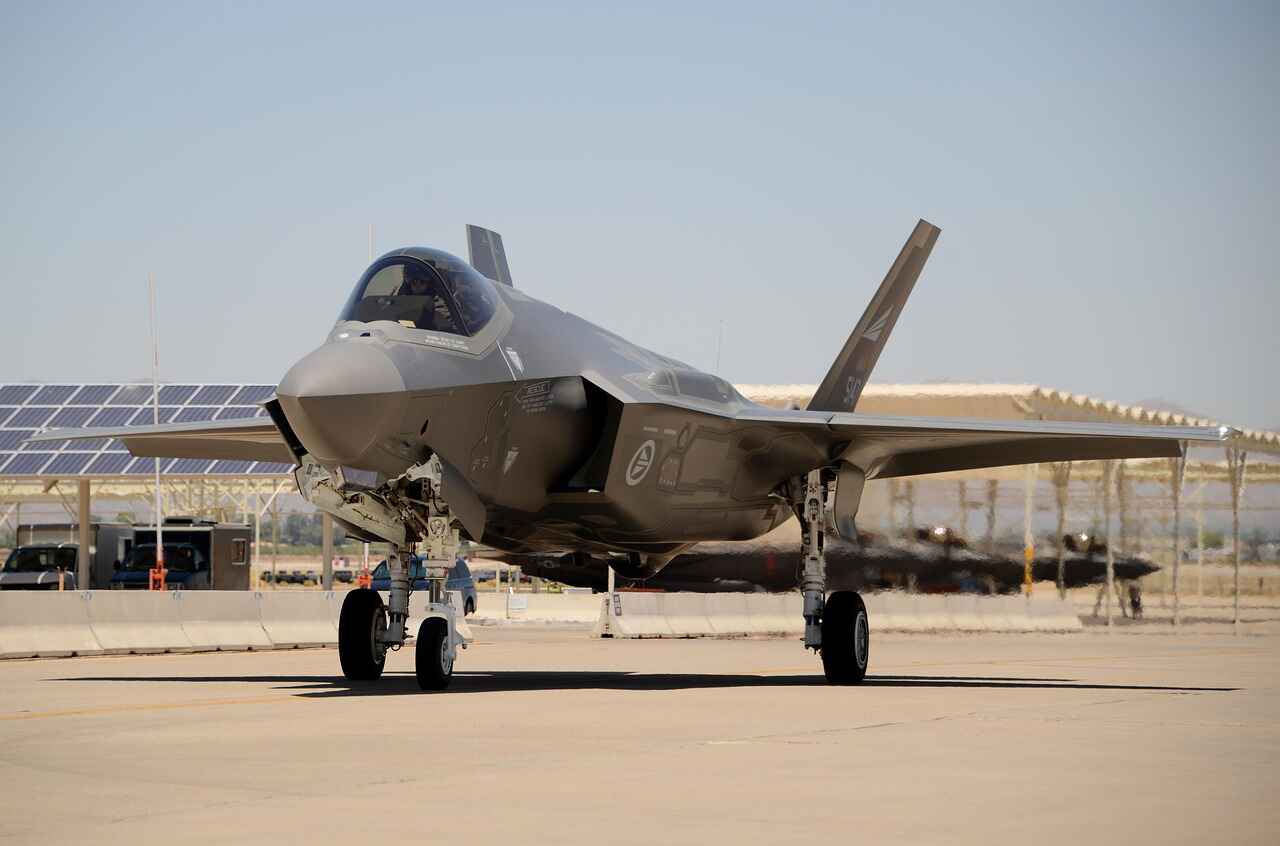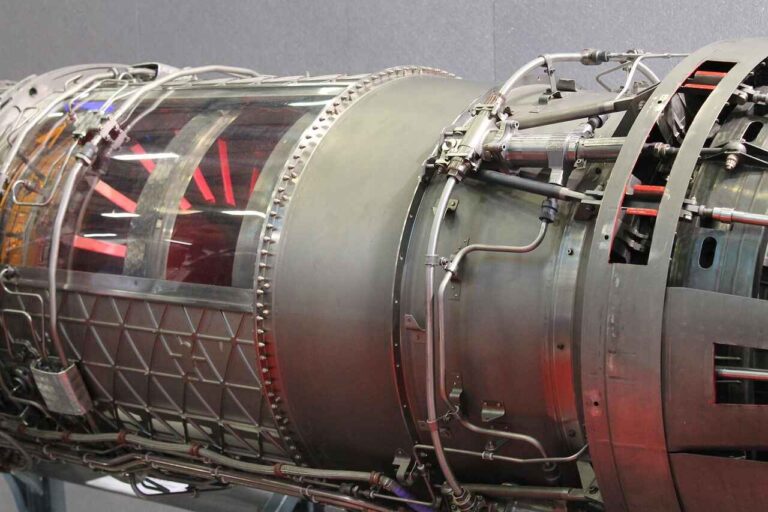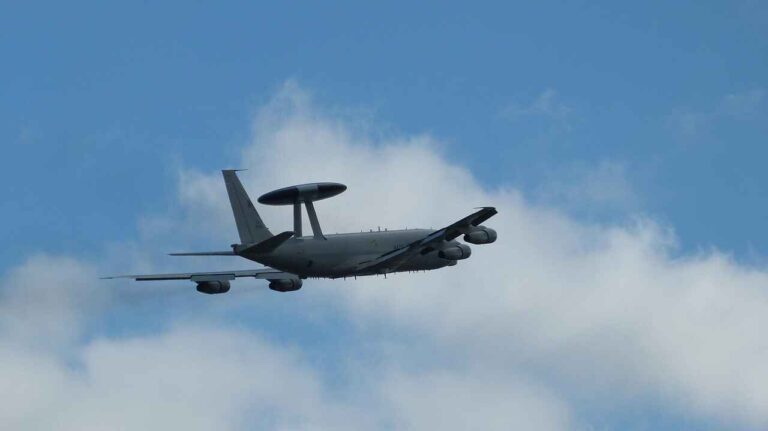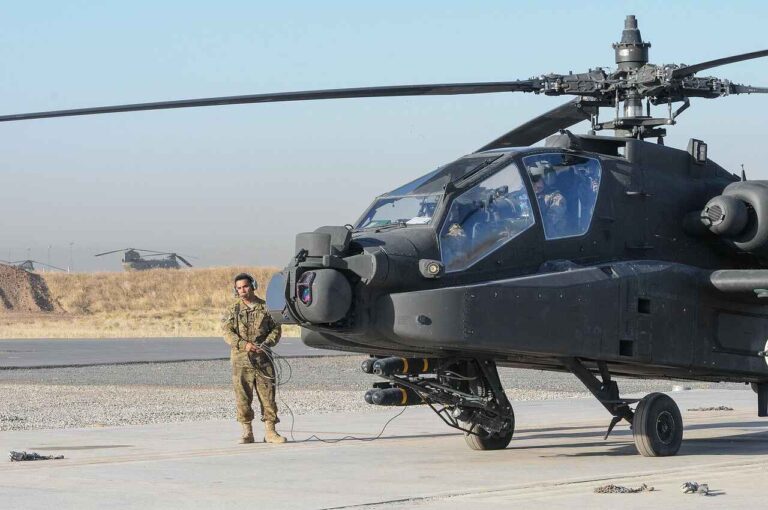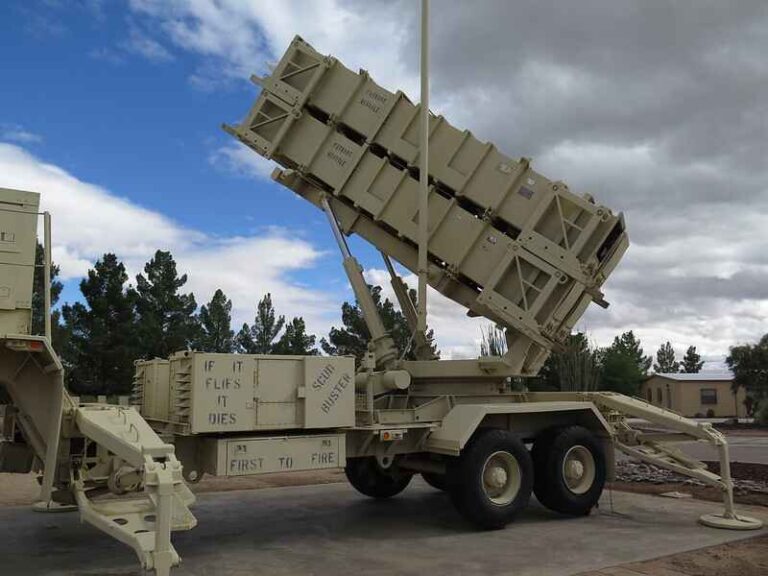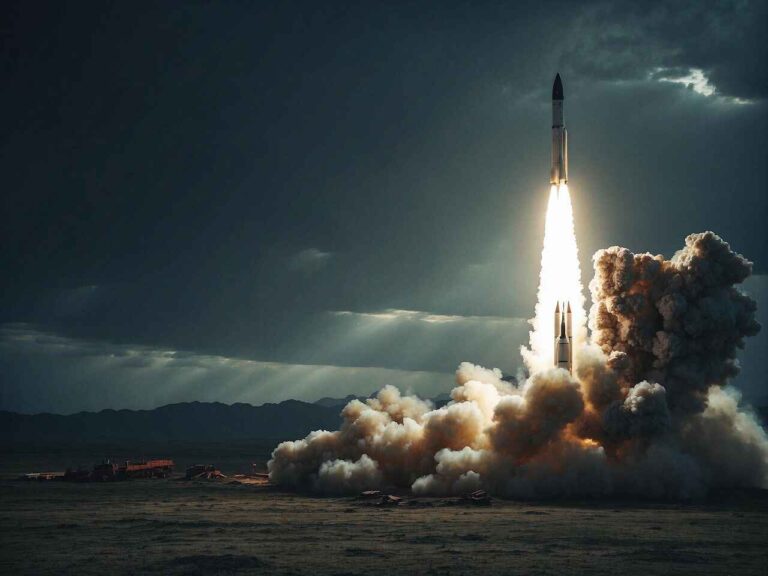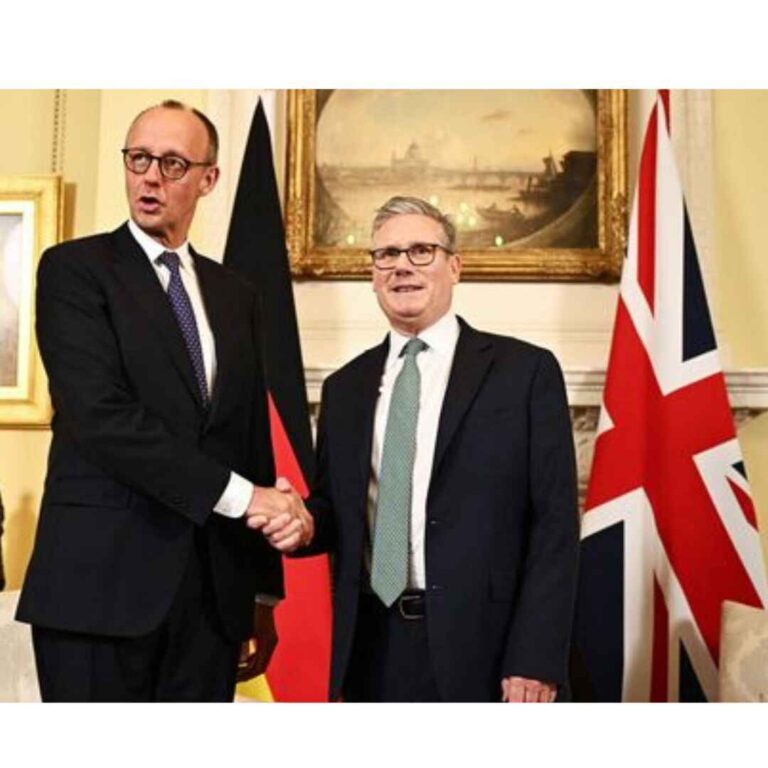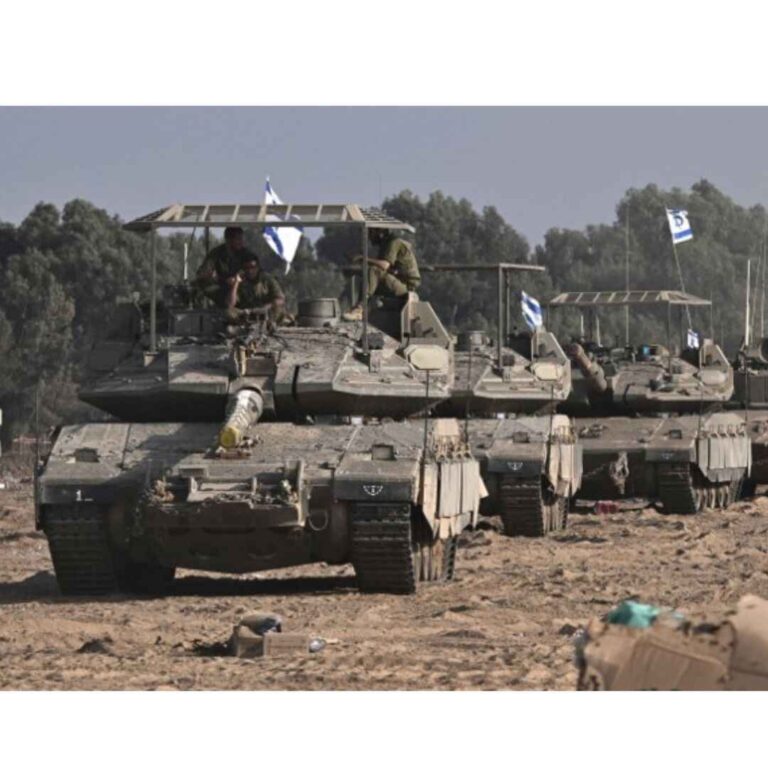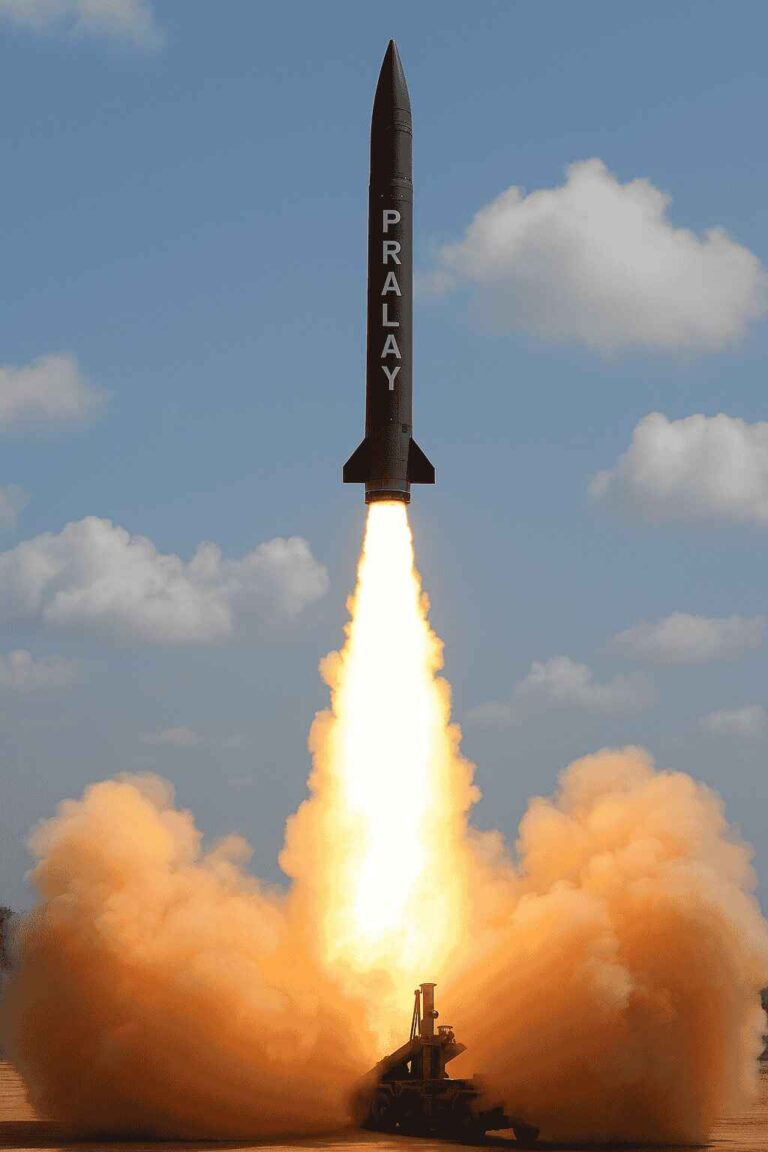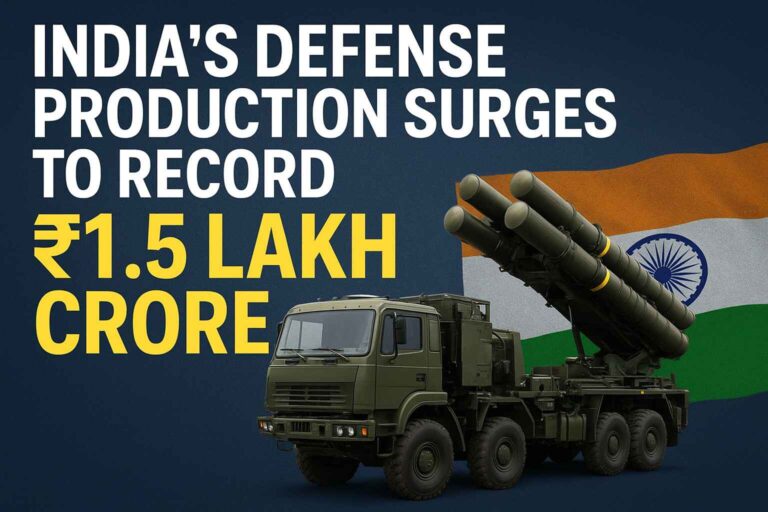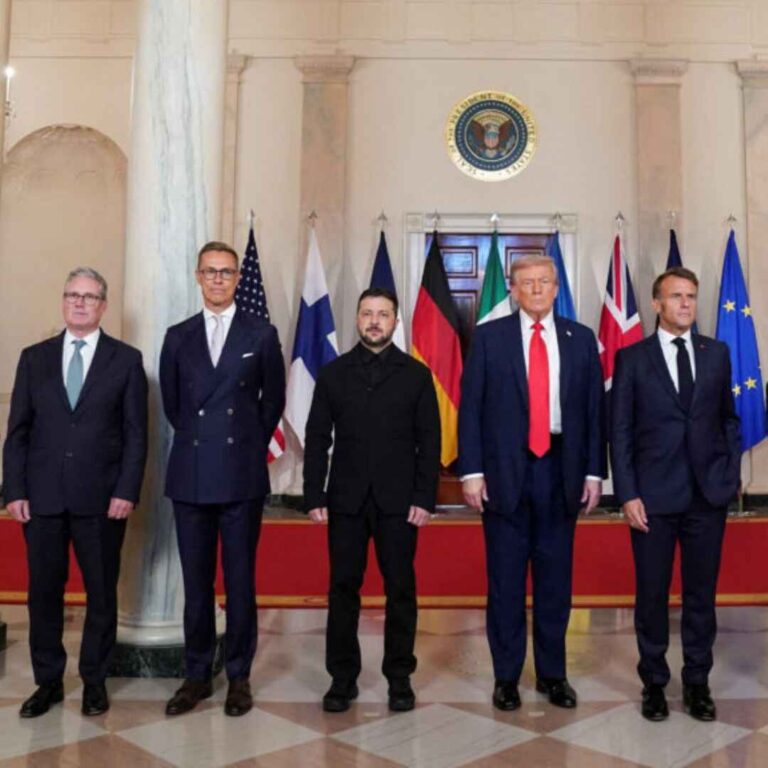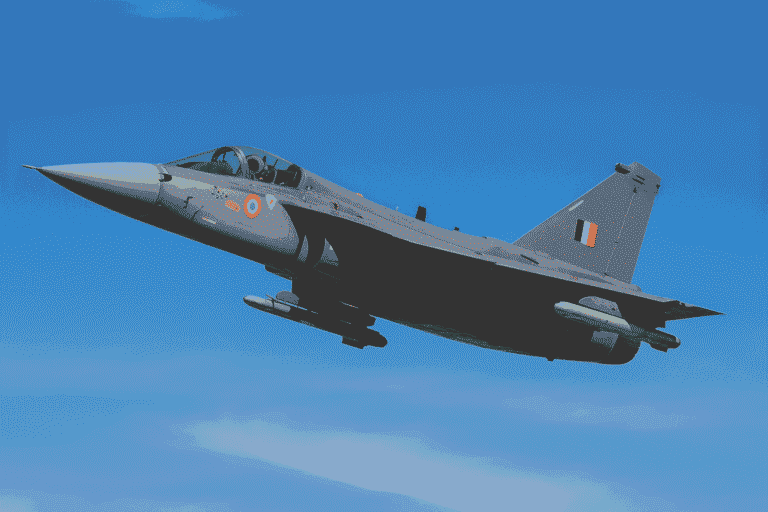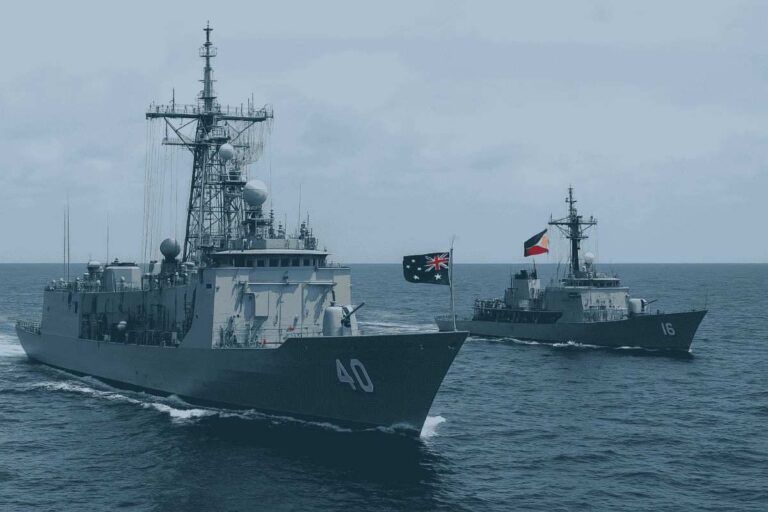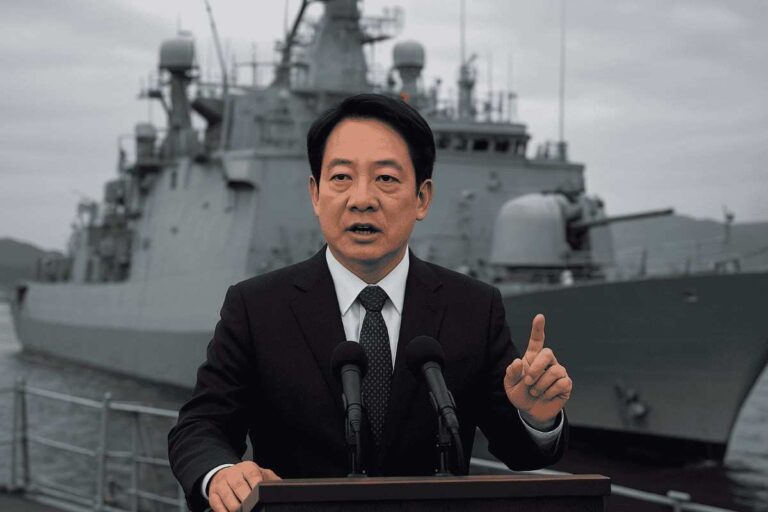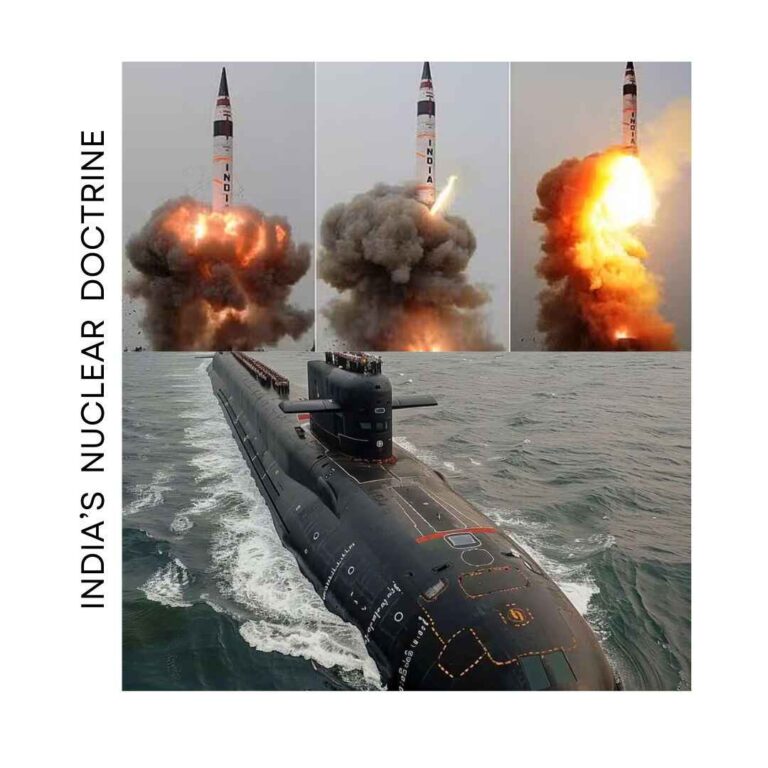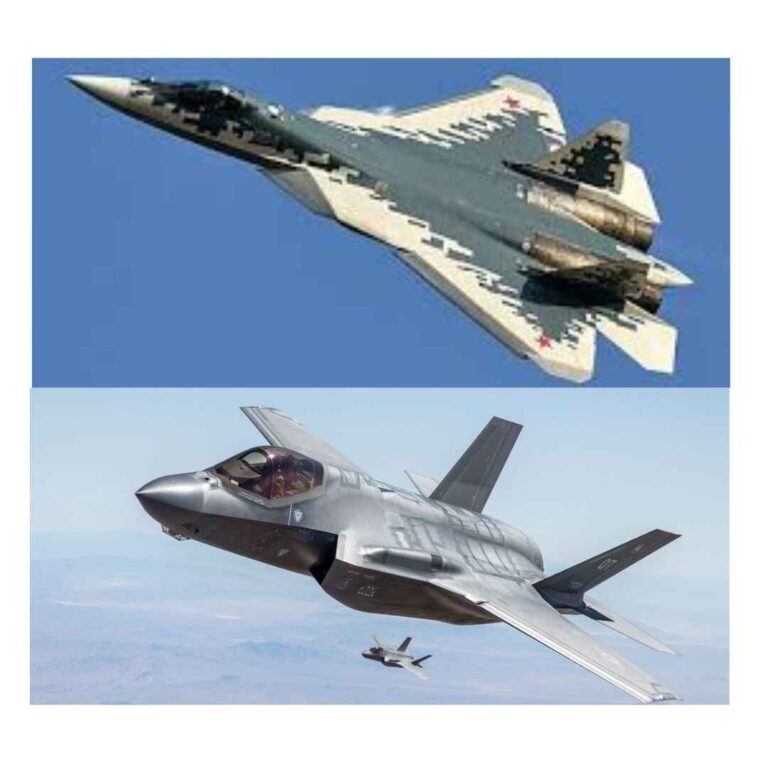Saturday, 19 July, 2025
A British F-35B Lightning II stealth fighter has been stranded in Thiruvananthapuram, India, for over a month, raising alarm bells in diplomatic circles and provoking serious concerns about the security of sensitive military assets in non-partner nations. While UK engineers are diligently working to resolve the issue, the prolonged immobilization of such an advanced aircraft—and the covert technology it harbors—heightens fears of espionage and questions the reliability of cutting-edge military equipment.
On June 14, during joint naval exercises over the Arabian Sea, the F-35B-part of Royal Navy operations from HMS Prince of Wales—was compelled to make an emergency landing at Thiruvananthapuram International Airport due to adverse weather conditions and dwindling fuel supplies. The pilot successfully executed a vertical landing; however, a subsequent failure of a critical hydraulic system and the Auxiliary Power Unit (APU) rendered the aircraft immobile.
Initial repair efforts by a small assessment team quickly revealed the need for specialized support. Within a week, 40 UK engineers and technicians, along with necessary maintenance equipment, were flown to Kerala aboard a UK Atlas aircraft. Despite India’s generous offer of hangar space, it was initially declined, escalating concerns about unauthorized access to the aircraft’s sensitive systems.
The importance of the F-35B cannot be overstated—it is equipped with advanced stealth features, superior sensor fusion, and sophisticated electronic warfare capabilities, which are strictly off-limits to India. Experts caution that even indirect exposure to these technologies over several weeks could lead to unauthorized data collection and compromise.
British officials have reassured that comprehensive repair efforts are in progress, with UK technical teams collaborating closely with Indian authorities. After nearly three weeks outside under the protection of the Central Industrial Security Force (CISF), the jet was finally moved to a secure hangar at the airport for maintenance. The UK Ministry of Defence has committed to returning the aircraft to the carrier once it is deemed airworthy.
In a prepared contingency, the Royal Navy is set to airlift the jet aboard a C-17 Globemaster III, which may involve a complex logistic operation, including the removal of the wings and external components. However, a firm departure date has yet to be announced.
Despite assurances from both London and New Delhi about cooperation, this episode has reignited discussions regarding India’s potential acquisition of the F-35 and the delicate balance between strategic autonomy and reliance on U.S. defense systems.
As India strengthens its defense ties with both the U.S. and UK, it simultaneously maintains significant investments in Russian-supplied platforms, such as Sukhoi fighters and the BrahMos missile system. This reliance creates friction regarding the adoption of American stealth jets, which come with strict end-use monitoring clauses.
India’s defense planners are observing the F-35B’s situation closely, weighing the advantages of NATO aircraft against the strategic flexibility provided by indigenous and Russian platforms like the Su-57, which can offer deeper source-code access and local manufacturing capabilities.
On a lighter note, this incident unexpectedly captured attention on social media. Kerala Tourism posted a humorous “five-star review” from the stranded F-35, claiming, “Kerala is such an amazing place, I don’t want to leave—definitely recommend.” At the same time, meme creators floated jokes about the jet needing an Aadhaar card or Indian citizenship, transforming the situation into viral entertainment.
This extended grounding highlights significant operational risks ranging from maintenance challenges to diplomatic control over advanced weaponry. Concerns persist even among U.S. allies about the F-35 program’s reliance on centralized logistics (ALIS/ODIN) and strict regulations.
The F-35B’s predicament in Kerala serves as a critical reminder of the fragile interplay between technology diplomacy and operational independence. As UK engineers strive to revive the stranded fighter, India’s defense leadership must reassess its strategy—finding the right balance between the allure of American stealth technology and the need for sovereign control and diversified procurement.
Until the F-35B takes to the skies again, it will stand as a potent, if unwelcome, reminder of the complexities inherent in fifth-generation combat aviation.

